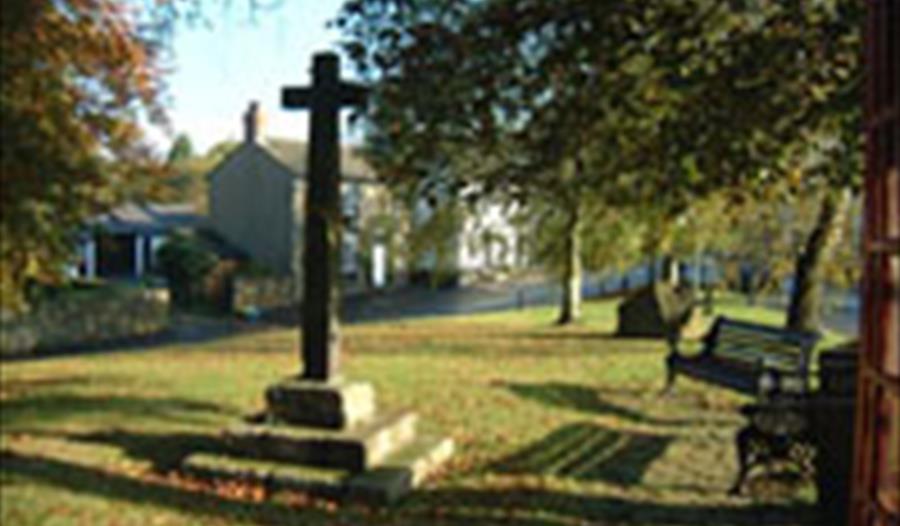Newburgh is a beautiful quaint village in West Lancashire, which local residents pride themselves on up keeping. The picturesque village is surrounded by Green Belt land and within the centre of the village is a conservation area with a village green, which is the site of an ancient fair. The area has a mixture of 17th, 18th and 19th century buildings and with more than 40 listed buildings and many historic houses the village radiates character and charm.
The village is situated on the eastern edge of the West Lancashire plain and the parish boundaries are set between the Leeds/Liverpool canal, the River Tawd and the River Douglas.
Annual events include the infamous beer festival, the Newburgh Fair and the best-kept garden competition, which all prove popular with locals and visitors
...Read More alike. Lancashire County Council also runs an annual competition named best-kept village, which Newburgh has won the on four occasions and been runner-up several times. Newburgh won the Champion Village Class for the second time in 2006 and was highly commended in 2010.
Were as the Fair Day is held every June in the village. It originates from the 14th century and was held on the eve, the day and the morrow of St Barnabas' Day (2 June) and was a real festive occasion.
Although there was a small settlement in the area long before the Norman invasion of 1066, Newburgh came into its own in the 14th century. During the English Civil War, cottages and farms belonged to the Earl of Derby who lived at Lathom Hall.
By the early 19th Century, the small village of Newburgh boasted five inns - the Red Lion, the Gold Lion, the Wheatsheaf, the Horse and Jockey and the Eagle and Child. Today only one survives - the Red Lion - a very fashionable village pub and hotel. The Horse and Jockey became at various times a slaughter house, tailor's shop and, more recently, the village Post Office and store.
Woodcock Hall dates back to the 14th century and was known as Newburgh House prior to 1800. The well known James Hesketh and his family lived there from 1945 until 1983. They grew peas intensively and were the first to grow and sell strawberries in the area. Game shooting parties were held each season.
The first village school started in 1714 in Smithy Lane and was then transferred to Back lane in 1860. It is still a primary school today.
There are also fourteen footpaths within or immediately adjacent to Newburgh. These include delightful walks through Derby Saddlery up to Bluebell Wood, or alternatively follow the heritage trail to see some outstanding houses. Also with over 500 varieties of trees within the village a walk around the area is a delight.
Read Less to add an item to your Itinerary basket.
to add an item to your Itinerary basket.




